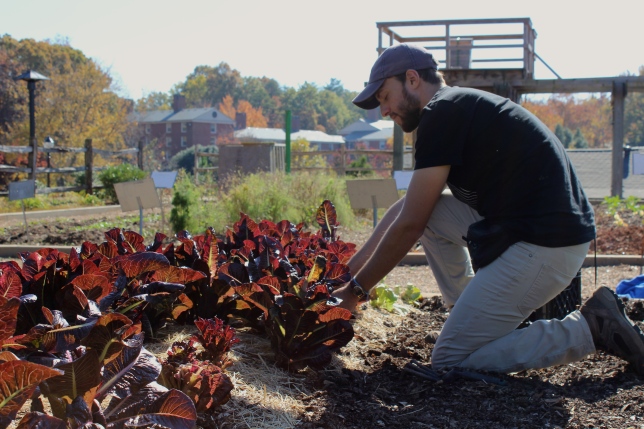What is Digital Literacy?
Digital Literacy is an additional component to be considered in educating global citizens for an increasingly connected Digital World.
Digital Literacy, in my opinion, encompasses these core abilities:
- Operational understanding of different softwares and platforms
- Search Engine Optimization from hyperlinking and layering
- Ability to change voice and style depending on the medium and intended audience
- Expertise in Google and Social Networking
And along with the increased connectivity in the Digital Age there are other skills that people should master.
The skills for success in a connected Digital World are:
- Critical listening and open-mindedness
- Team mentality
- Creative problem solving
My Digital Literacy Journey
It has been a long journey for me, but I think I’m finally starting to grasp the meaning of Digital Literacy as it applies to my writing and my career goal of being a journalist. Ultimately, it has been a steep learning curve.
Here’s what I’ve learned in creating this blog, two videos, a podcast and a personal website.
SEO and Hyperlinking
One sure-fire way to increase connections is through hyperlinking. This links your work to the existing canon of digital content. Tagging and Categorizing on your blog also helps organize your work in an easy-to-understand format for interacting viewers.
I think I’ve grasped the importance of effective hyperlinking. Here are two examples of my work to demonstrate this.
My very first blog post, “An exciting time for Journalism” didn’t have any exterior hyperlinks at all. Or any multimedia elements.
My third project blog post, Rescuing Food from the System, incorporated hyperlinks, block quotes from my interview, a photo slideshow and a video.
Voice and Audience
Your voice is what keeps your storytelling consistent across mediums. Without a strong voice how do viewers know for sure that your work is yours?
That being said, there are different ways to tell a story that work best in different mediums. A long chunk of text might work for a blog post if the content is compelling, but the equivalent, a long, uninterrupted chunk of interview, NEVER works for a video.
One thing the blog, group podcast and group video all had in common was that they all need some form of white space to break the content up.
In our group video on food and culture we used B-roll of students enjoying a meal together as a visual break from the “talking heads” of our interviews with professors.

In our podcast, we played a song consistently throughout the entire project to create unity in the piece, but also to give the listener an interesting audio break instead of silence between narratives.
Teamwork
Although it’s a component of living in a Digital Age, and not necessarily a component of Digital Literacy I truly learned the necessity and value of teamwork in the group project with Amanda Stanley and Nick Shaw. It would not have been possible to create the quality of work that we did if we weren’t all working together to get B-roll, interviews, edit and do voice overs. We also came up with better story ideas by collaborating and respecting each other’s perspectives.
Room For Improvement (there’s a lot)
- Blogging and Voice
- In the future I can make my blog more user-friendly and visually appealing. I personally like the theme that I chose because I think it’s different but just because I like it doesn’t mean that everyone who sees my blog will.
- I still don’t feel comfortable with changing my voice as the medium requires it. I really struggle with Twitter. It’s hard for me to be concise when writing about things about which I am passionate.
- I definitely need to incorporate more multimedia elements and more white space into my blog so it’s not just ominous blocks of text.
- Technical Ability
- It’s pretty obvious that my first video needs some work. I definitely need to improve my video editing skills, but hopefully I can continue to work on this in an independent study next semester.
- I also have a long way to go in recording exceptional podcasts. But considering that I had never heard of Audacity before taking Digital Communication I am proud of the audio content I’ve created.
Conclusion
It’s kind of amazing to look back at where I was in August in my ability and where I am now. In early August I was learning about the importance of social media presence at my summer internship at a non-profit and now I have my own website demonstrating my work and my personal brand to future employers. This course has taught me the value of learning and communicating in digital spaces and has given me a firm foundation across platforms of WordPress, Audacity, Adobe Photoshop, Adobe Premiere and iMovie to make my mark in the Digital World.
Featured Image from Zen and the Art of Digital Literacies.






